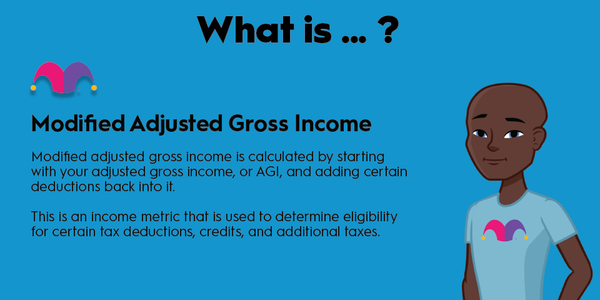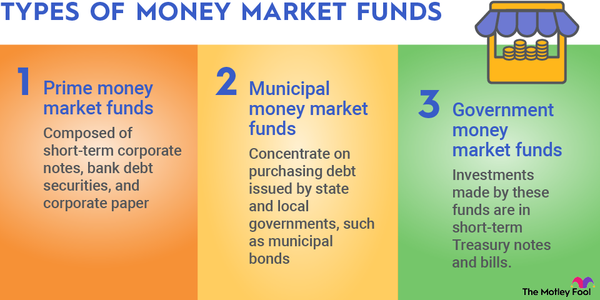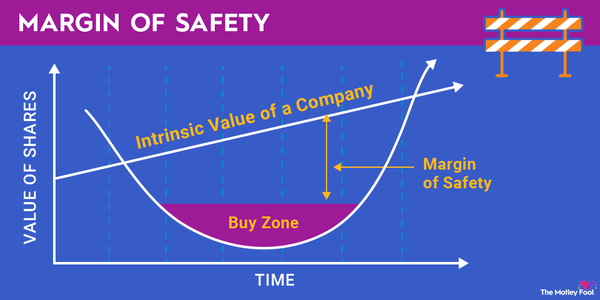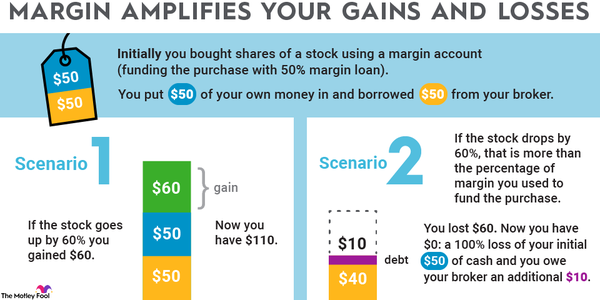They say that death and taxes are the only things that are guaranteed in life, but not understanding your taxes might be a close third.
The American tax system is known for being endlessly complicated and requiring professional assistance from an accountant or tax prep software. Tax brackets are one of those changeable parts of income taxes that can be confusing, and with tax brackets, it's important to understand your marginal tax rate.
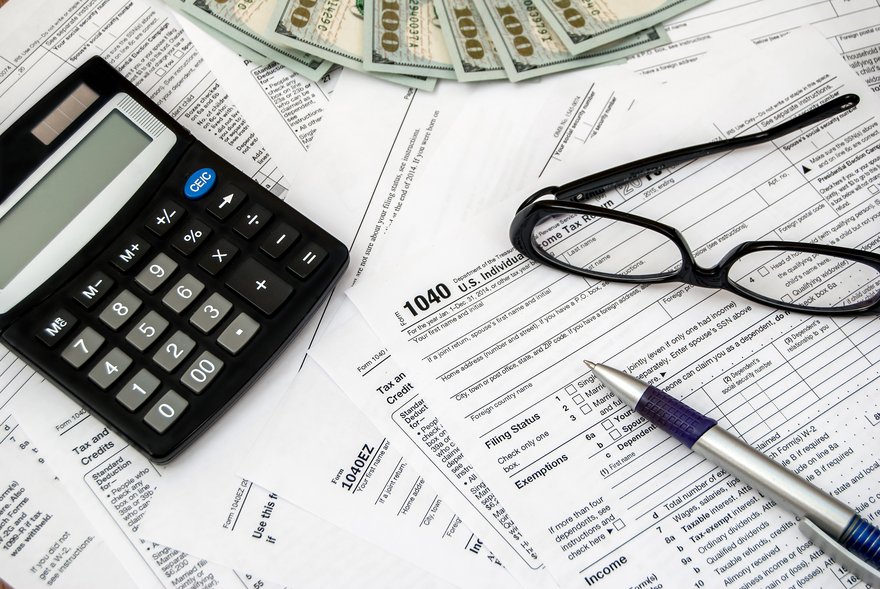
Definition
What is the marginal tax rate, exactly?
Your tax rate is based on your adjusted gross income minus deductions, and your tax rate is determined by tax brackets. As you make more money, you will pay a higher percentage of your income in taxes, meaning you enter a higher tax rate.
Your marginal tax rate is the highest tax bracket you're in. It's known as the marginal tax rate because it's the rate that applies to your income as you earn more money.
Why it's important
Why is the marginal tax rate important?
It's important to understand that the marginal tax rate is different from the average tax rate, which is the percentage of your income that you pay in taxes.
The marginal tax rate is the highest tax rate that you pay, but it isn't just useful as a framework for understanding your taxes. It's also important to understand because it can affect your decision-making.
If you're a business owner or you make money from investments, your marginal tax rate might influence your willingness to take risks since the higher your marginal tax rate, the more of those potential earnings you'll have to pay in taxes. So, a higher marginal tax rate could dissuade you from making an investment.
Similarly, a high marginal tax rate might make an employee less likely to take on an extra project or work longer hours. In the U.S., even the highest tax bracket is relatively low compared to other countries, but it can still affect decision-making at the investment or earning level.
For similar reasons, the marginal tax rate can also affect decision-making on financial planning, such as when to withdraw money from a tax-advantaged account like an individual retirement account (IRA).
Other taxes that affect it
What other taxes affect the marginal tax rate?
When people talk about their marginal tax rate, they are usually referring to the federal income tax rate, but there are other tax rates that affect your actual marginal tax rate. Among those are payroll tax rates, which is 7.65% for Social Security and Medicare if you're an employee and double to 15.3% if you're self-employed.
Additionally, most Americans pay state taxes, so those should be factored into your marginal rate as well.
To make the best financial decisions, you'll want to consider all of the costs and benefits that apply to that decision. It's also worth remembering that tax payments for Social Security stop at $168,600, so you'll save on income above that threshold.
Related investing topics
Tax brackets
How do tax brackets affect your marginal tax rate?
You can see the tax brackets for the 2023 tax year below for single filers:
10%: $0-$11,000
12%: $11,000-$44,725
22%: $44,725-$95,375
24%: $95,375-$182,100
32%: $182,100-$231,250
35%: $231,250-578,125
37%: $578,125 or more
Your marginal tax rate must be one of those percentages above, depending on the amount of income you pay each year.
While the brackets change every year, the percentages remain the same.
If your total pre-tax income is $150,000, your marginal tax rate would be 24%. Similarly, if your pre-tax income was $250,000, your marginal tax rate would be 35% based on the numbers above.
Considering the implications of the marginal tax rate, it's worth understanding your marginal tax rate when you make financial decisions.


